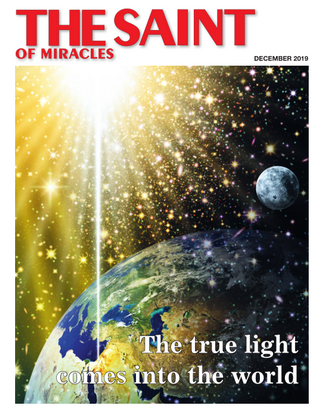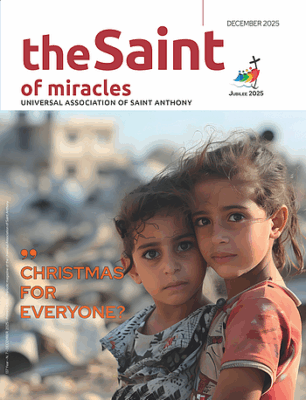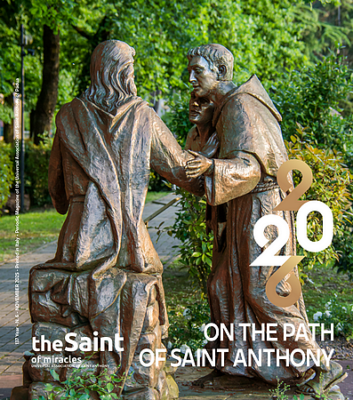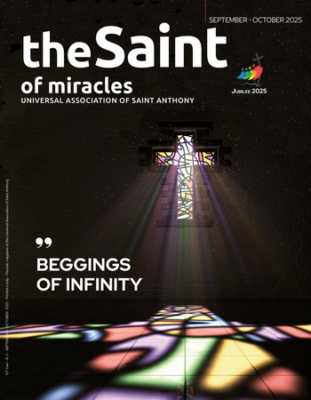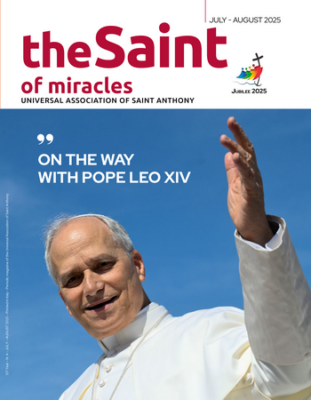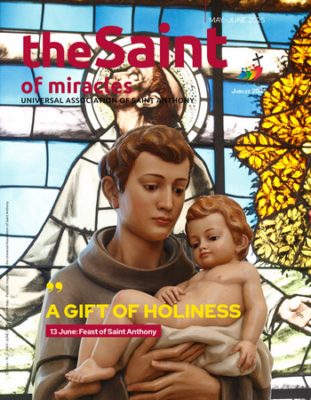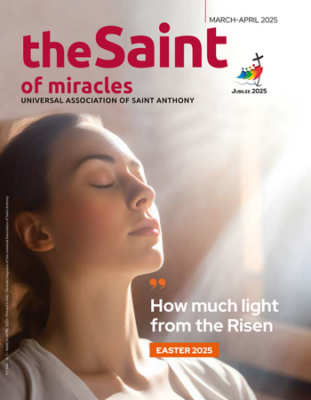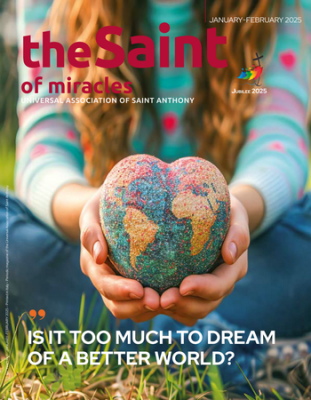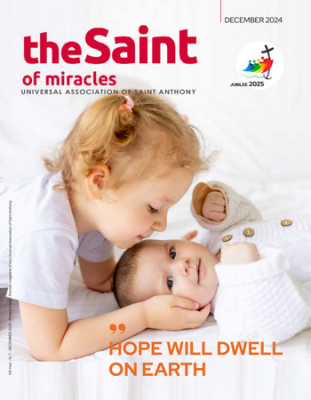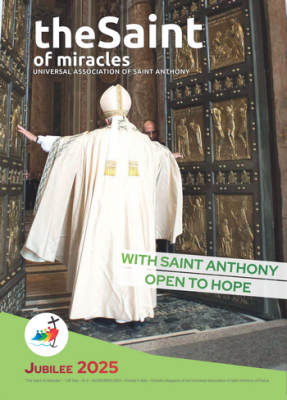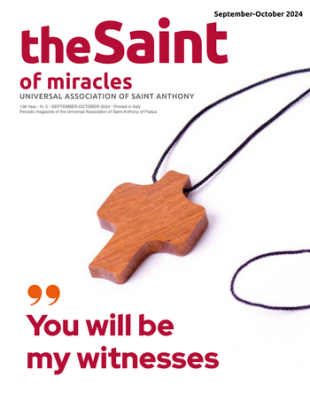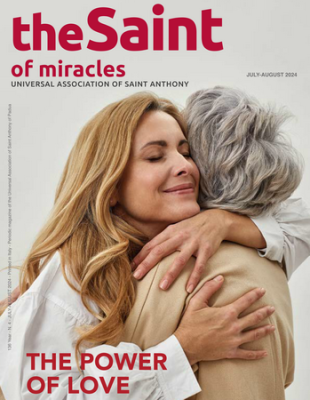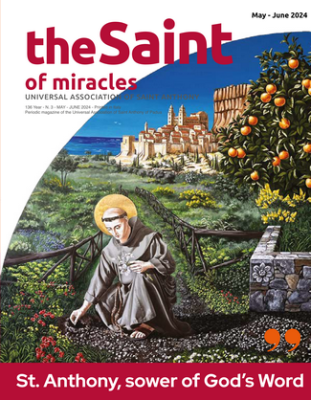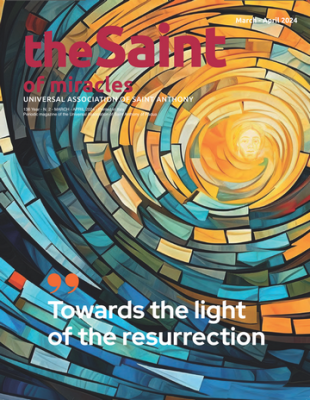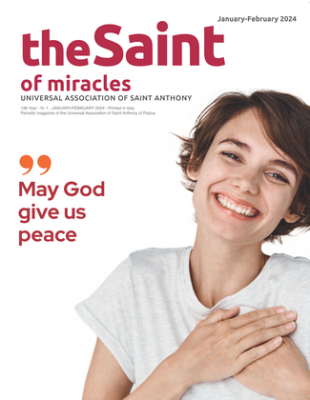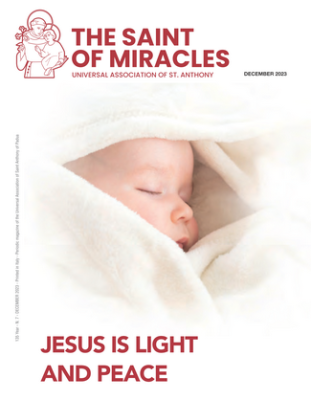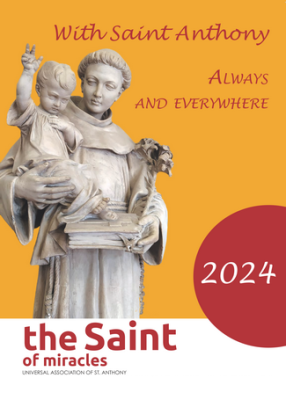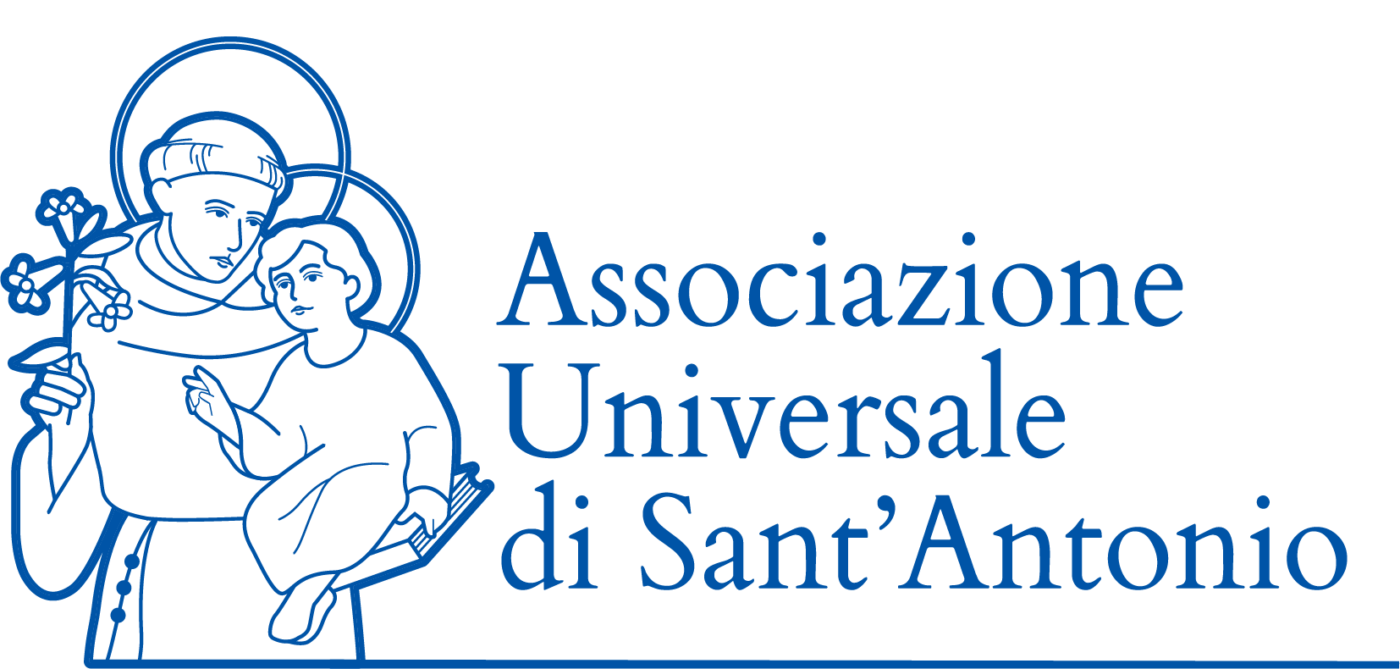Year 131 - December 2019Find out more
Come, Lord. Do not delay
Fr. Chino Biscontin
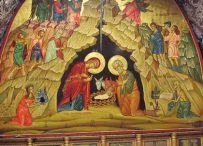
The most important celebration of the Liturgical Year is not Christmas, as the surrounding folklore would suggest. Instead, they are the celebrations of the Easter—of the passion, death and resurrection of the Lord. And as these are prepared by the forty days of Lent, so the feasts of the Birth of the Lord are preceded by the four weeks of Advent. The word “Advent” comes from the Latin word “adventus” which means “coming”. It comes naturally to think of that coming which is the birth of Jesus, the Son of God, in Bethlehem. But the liturgy of this period—which is the beginning of a new Liturgical Year, but also the conclusion of the previous one—adds a look towards a second coming of the Lord, the one that will conclude our history, when the times will reach their end. In fact, until 16 December, the texts used for liturgical celebrations express the expectation of the last coming of Christ, at the end of time, while from 17 they talk about he first coming of Jesus, in his birth in Bethlehem.
Dear reader, thank you for choosing this article.
Want to read more? Ask for a free copy of "The Saint of Miracles"


 Italiano
Italiano Français
Français